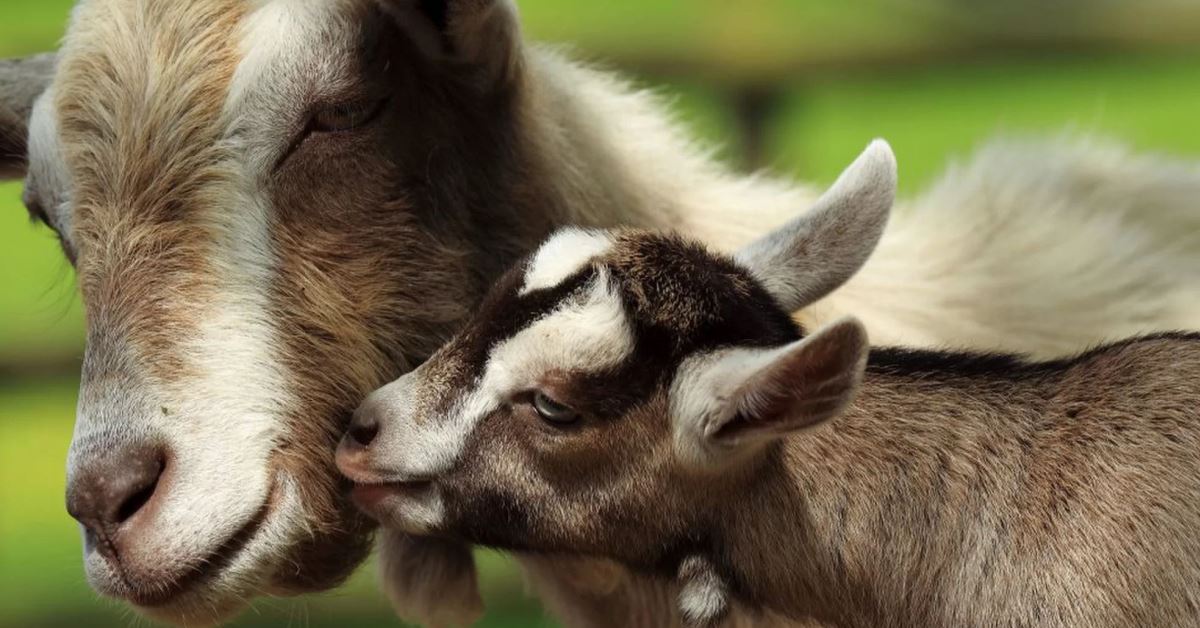
Click here to download PDF675.67 KB
Co-Author: Barbie Casey, M.S. & Hubbard Feeds Companion Animal Team
Common problems and how to identify them
Metabolic diseases-general term used to classify problems caused by nutritional imbalances.
- Pregnancy Toxemia/Ketosis–caused by the lack of energy or ability to pull energy from fat reserves (can happen in fat ewes). Often takes place during the last few weeks of gestation. Symptoms include: nonaggressive eating behavior, labored and/or stiff movement, acetone smelling breath and finally being unable to stand. Problem resolves after delivery.
- Milk Fever/Hypocalcemia–Deficiency of calcium during late gestation or early lactation. Signs include stiffness, incoordination, weakness, tremors, and paralysis. IV or Drench Calcium therapy is needed ASAP.
- Mastitis–Infection of the udder. There are several types, in any case, it will cause tender udders that may keep the dam from allowing the baby to nurse as often or as much. Milk flow may be reduced, and the udder may become hard. Milk may become thick and discolored. Consult your veterinarian on how to treat specific cases.
- Overeating Disease–Lambs and kids will over eat and this can cause Clostridia bacteria to overgrow resulting in bloat and death. CD&T vaccine is key to prevention of this disease, but the vaccine is not effective without the 2nd dose. Ideally, the lambs will have their second dose prior to weaning to reduce stress and susceptibility to the disease.
Supplies to keep on hand
- Veterinarian and nutritionist emergency and regular hours contact information
- Gloves/sleeves
- Lubricant
- 7% iodine or navel dip (prevents Navel Ill and other diseases or infections by drying out umbilical cord and preventing bacteria from entering the lamb’s body)
- Udder Comfort or another udder treatment
- 23% Calcium Gluconate or CMPK drench for Milk Fever treatment (consult your veterinarian)
- OptiPrime Colostrum Replacer (not supplement) or Frozen Colostrum (DO NOT use the microwave, heat with warm water)
- Lamb Saver/Esophageal tube and bottle
- Disinfectant-Chlorohexidine solution works great
- Propylene Glycol for Ketosis treatment (consult your veterinarian)
- Oxytocin to help along delivery if needed (consult your veterinarian)
Key tips for success
- ALWAYS dip the navel soon after birth. Remember to clean the navel dip cup regularly.
- Never tube feed a cold baby! If the baby has a cold tongue, warm the lamb/kid up first. You can also give intraperitoneal (in the belly) glucose injections to help get energy to the lamb. An old cooler with a hole for a hairdryer on a low setting works great as a cheap and quick warming device.
- Milk Fever and Ketosis have similar symptoms in both sheep and goats. Therefore, it can be difficult to tell the difference between the two. Always consult your veterinarian.
- Vaccinate for CD&T 3 weeks prior to the ewes lambing or within the first few days after birth followed by the booster 3 weeks later. Also, this is a good time to give the rest of the farm their annual booster (mainly for concern of tetanus). Hubbard Lamb Starter needs to be in the creep feeder once the lambs leave the lambing pens.
- Fly strike is common in lambs and kids. Make sure to have adequate fly control.
- Log in to post comments
